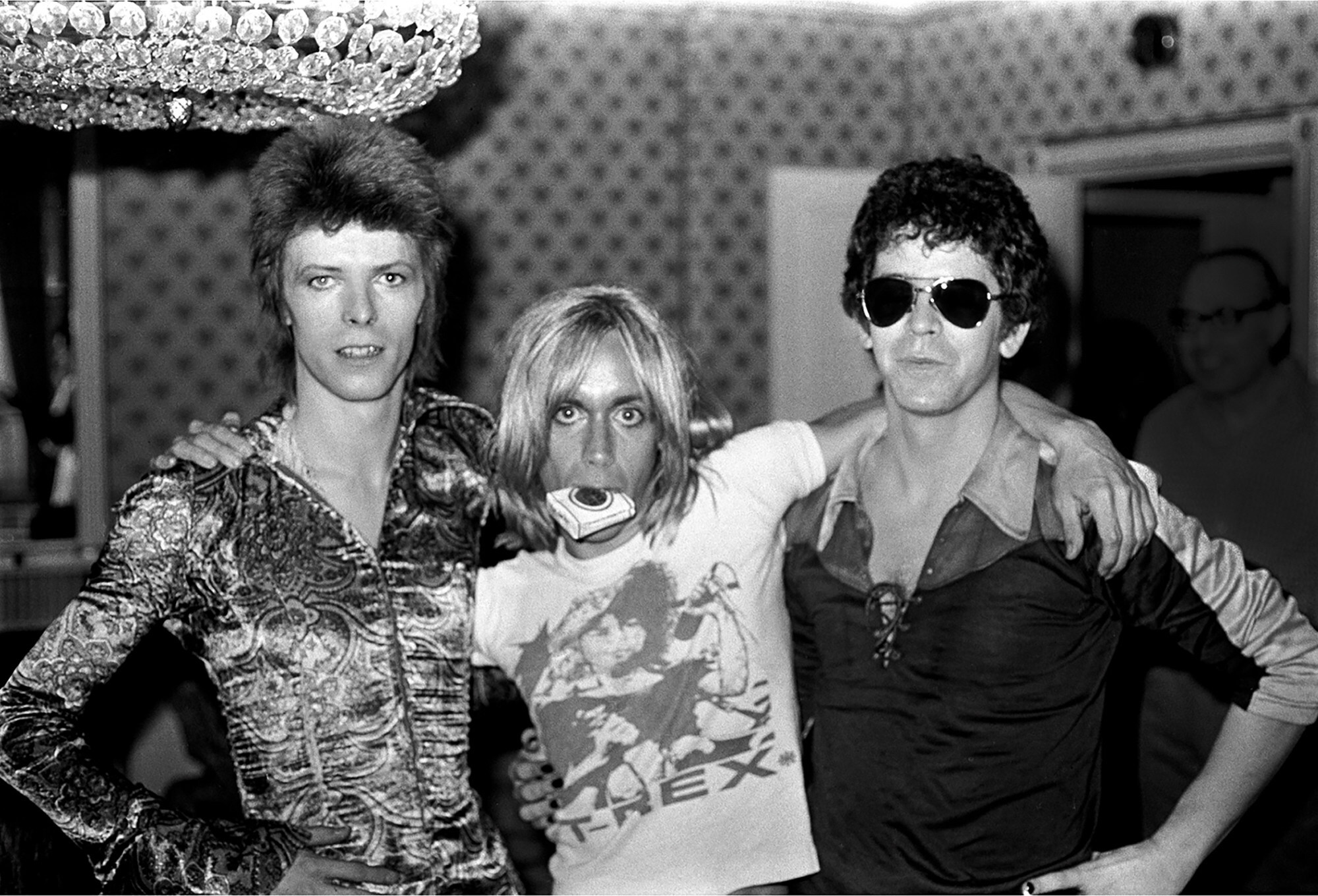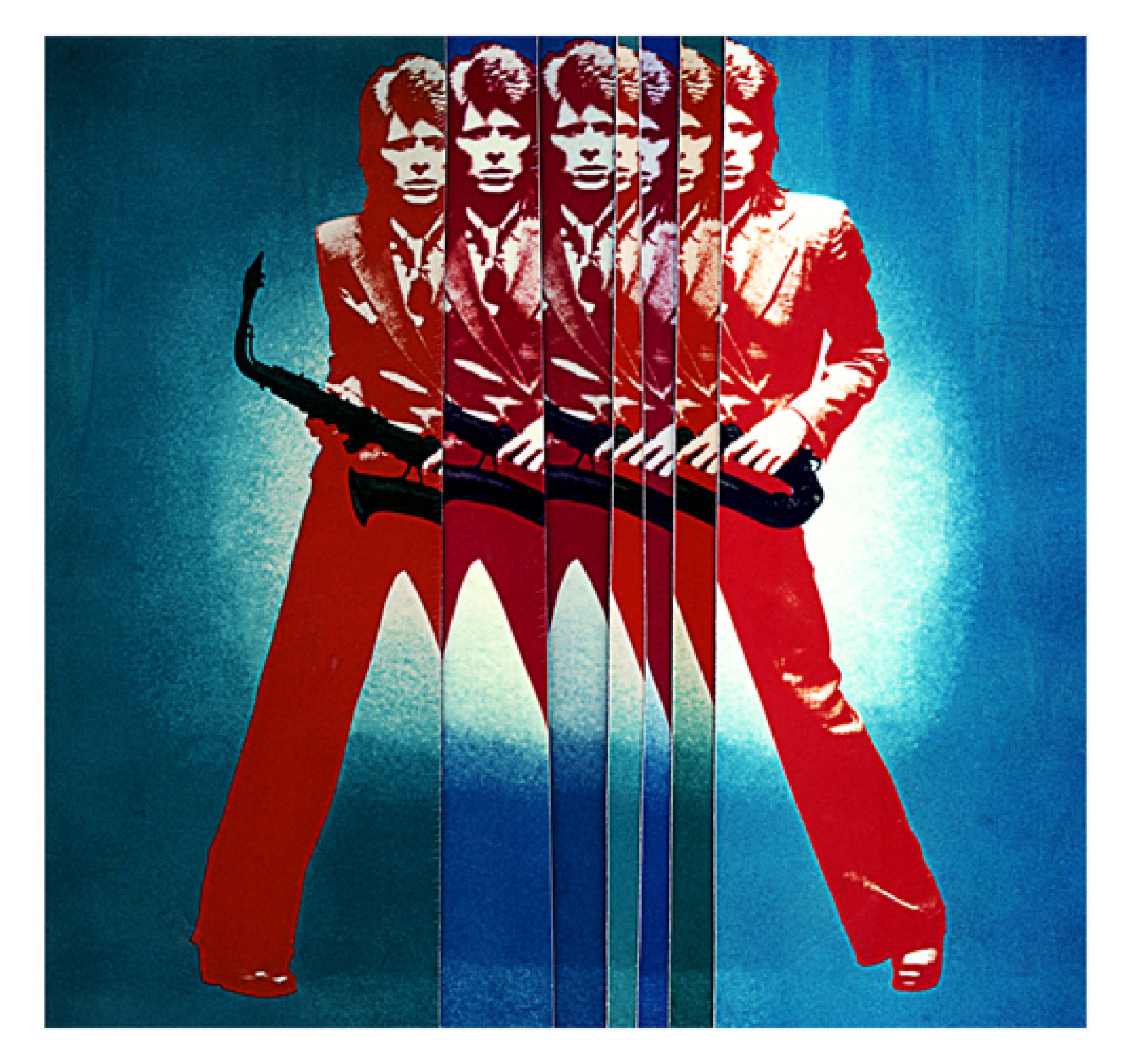Meet Mick Rock, the legendary music photographer who shot everyone from David Bowie to Queen’s Freddie Mercury, and Madonna to Miley Cyrus – exclusive interview

“You can take a good photo on a phone now. And with social media you’ve got a place to put it. I’ve seen pictures that my wife has taken and said, ‘Wow, I really love that. If I’d taken it, it would be worth a lot more money.’ But brand matters, doesn’t it?”

Mick Rock has a wry laugh at his observation, seeing how prints of his photos have become highly collectible in recent years. Dubbed – not always to his liking – “the man who shot the 70s”, it was Rock who chronicled the then-rising stars, and now icons, of rock: David Bowie – for whom Rock was official photographer and videographer – and Lou Reed, Iggy Pop, Roxy Music’s Bryan Ferry and Blondie frontwoman Deborah Harry. He shot some of the best-known album covers of the period, too, from Bowie’s “Pin Ups” to Reed’s “Transformer” and The Stooges’ “Raw Power”, as well “Queen II”, which gave Queen the opening shots of the Bohemian Rhapsody video.
David [Bowie] ... was not so formally educated [as Lou Reed was] but he read anything he could get his hands on. He was constantly stimulated, constantly interested
11 celebrities you had no clue are related to British royalty

All of which, from graphic design to fashion, still has its influence today. “It amazes me how in-demand images from that period are, how fertile it is now, because whatever the imagery from that era was, it wasn’t considered as art, especially rock photos. But they are now.
“Why? I have no idea, but [financially speaking] I’m lucky to have what I call my Mona Lisa – in fact I have three or four Mona Lisas,” says the London-born, New York-based Rock, who, unlike so many photographers of his generation, was wise enough to retain and protect his copyright from the beginning of his career. “But I wasn’t in it for the money because there wasn’t much then. I just wanted to do it.
Inside Rihanna’s new US$13.8 million Beverly Hills mansion

“You know, it wouldn’t have worked if I’d have been born more recently. I’d just be that bloke Mick Rock who hangs out down the barrio sometimes,” adds Rock, who has been offered millions for his archive but, so far at least, has declined to sell. “But all these characters kept tumbling in front of my lens. And then you end up becoming some kind of character yourself.”
Ever-evolving: what’s next for NFT art?

Yes, that aptronymic name – Mick Rock – is genuine. So, even at 73, is his mane of rock star hair. So, arguably, was his lifestyle for many decades – the drugs, the lack of sleep, anything for an altered state – which ultimately contributed to a quadruple heart bypass and a kidney transplant, the tap on the shoulder from the Grim Reaper, as Rock puts it. Yet, he argues, it was the whole culture, of which the excesses were part, that helped him develop his distinctive eye, “as a kind of [photographic] hit man, always relating to the action”. Certainly he enjoyed those times and the company – as much part of the scene then as documenting it – even if these days he’s more addicted to yoga and massage.

“Lou [Reed] was at a bit of a loss when it came to a sense of humour. He was a complex person. It was partly an act. But he could be shy, as well as caustic. He was sweet – if you were his friend. He loved little dogs – he had two dachshunds which I took some pictures of. I told him that with those I could wreck his image,” recalls Rock.
“David [Bowie] in contrast was not so formally educated [as Reed was] but he read anything he could get his hands on. He was constantly stimulated, constantly interested. So being around these people you got to know a lot. Someone like David, or Debbie [Harry], they were just so enormously photogenic too. You couldn’t really take a bad picture of either of them.”
Abba return with new music and a VR tour – after 39 years

Yet Rock, defiantly, refuses to live in the past. “I’m part of the rock story maybe, but not part of rock history,” he chuckles. “I’m still here.” He’s still working too – shooting Snoop Dogg and Daft Punk, and the cover for Miley Cyrus’s 2020 album “Plastic Hearts”. He still shoots pictures of Japan’s traditional kabuki theatre, which has long fascinated him. Most recently he’s worked with the street artist Fin Dac on their Midaro project, graphic interpretations of some of Rock’s best-known images, and has released a limited edition series of previously unseen shots from the 70s too. He’s also working on Shot!, a compendium of his best photographs, due for publication this year, and for which he’s desperately trying to dig up a series of pictures he knew he took of the young Madonna. “I know they’re in a box somewhere,” he says.
Is rock music in such an interesting state now, lyrically for example? Is there still a cutting edge? I don’t know. It’s a different world

“Is rock music in such an interesting state now, lyrically for example? Is there still a cutting edge? I don’t know. It’s a different world. And I’m not a critic,” adds Rock, who studied languages and literature at the University of Cambridge – where he also first picked up a camera – and who has long been inspired by the symbolist poets.
There’s more than a touch of symbolist poet about him too.
Daft Punk at the Louvre: Louis Vuitton closes Paris Fashion Week with a bang

“I’ve always just pursued whatever had a certain energy to it, and that would bring that energy to me. I had an actor friend who had this book An Actor Prepares, by the godfather of method acting [Konstantin Stanislavski], and he would talk about going into ‘the raw space’ and building ‘the circle of concentration’,” explains Rock. “And it seems like I was good at containing [the energy] and after that the pictures would almost take themselves. Artists today still know how to tap into a certain reservoir too. I saw it with Miley, for example. She’s got something, a non-stop personality.”
Working 9 to 5: how Dolly Parton became worth US$650 million
Like, indeed, Rock himself – fun, knowing, erudite but wearing it lightly, with a “seen it all before” attitude because, well, he has. “Photographer is never what I had in mind,” he says. “My mother never have thought of it as a ‘proper’ job.” Something he finds amusing given the status of photography today. “But, for better or worse, it worked out.”

- The ‘man who shot the 70s’ caught candid heyday snaps of icons Lou Reed, Iggy Pop, the Sex Pistols, Roxy Music’s Bryan Ferry and Blondie’s Deborah Harry – but hasn’t slowed down since
- From hip-hop giant Snoop Dogg to EDM duo Daft Punk and supermodel Kate Moss, Rock has moved with the times – and is working on Shot!, a book of his very best work